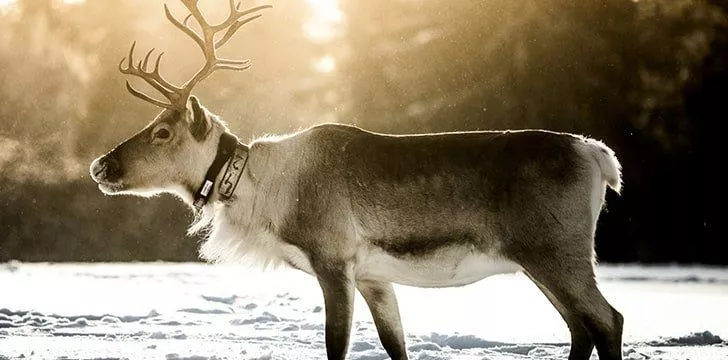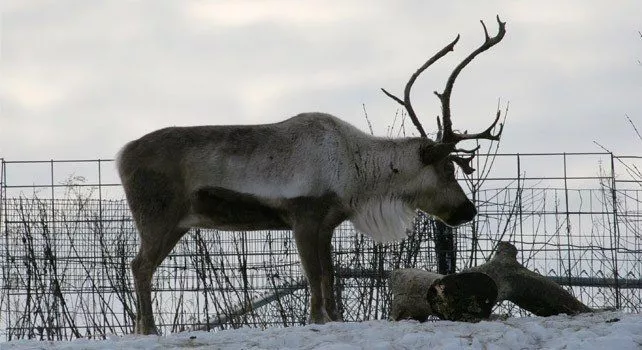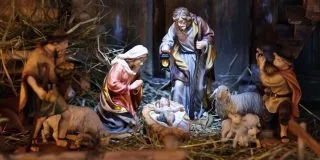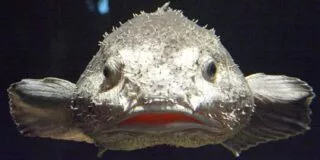It’s hard not to think about a reindeer without picturing Rudolph, no matter what time of the year it is.
But there’s so much more to reindeer than the red-nosed one!
If you’d like to know more about reindeer, check out these 20 interesting facts!
The Latin name for reindeer is rangifer tarandus.
In North America, reindeer are commonly known as caribou. Caribou is a French word, meaning “snow shoveller”.
They are generally native to Arctic and Subarctic regions.
Both genders grow antlers.
The antlers of an adult male fall off in December, whereas the young males lose theirs early spring. Females will lose theirs in the summer.
The antlers grow back each year under a fur called ‘velvet’.
Males lock their antlers and fight for the right to mate with females.
Reindeer can be hunted for their antlers, hides, meat and milk. Not only are they hunted, but they can be domesticated.
It is believed that domesticated reindeer have been around since the Bronze and Iron Ages.
Male bull reindeer can measure up to 7 ft (2.14 meters), and can weigh up to 700 lbs.

Female reindeer are generally smaller, and can measure up to 6’7″ (2.05 meters), and usually weigh 121 to 308 lbs.
The Svalbard reindeer suffer from insular dwarfism.
Northern reindeer, such as the Peary caribou, have white fur, whilst the Southern types, such as Woodland caribou, have darker fur.
Their fur is made up of two coats: a woolly undercoat, whilst the overcoat has hollow air-filled hairs.
A reindeer’s hoof can adapt to the seasons.
It is thought that they are the only mammals able to see ultraviolet light.
Reindeer are herbivores and have four chambered stomachs.
Young or sick reindeer are often targeted by predators, such as wolves.
The meat of a reindeer can be eaten, along with almost all of the internal organs.
Father Christmas’ reindeer are: Rudolph, Blitzen, Comet, Cupid, Dasher, Dancer, Prancer and Vixen.












